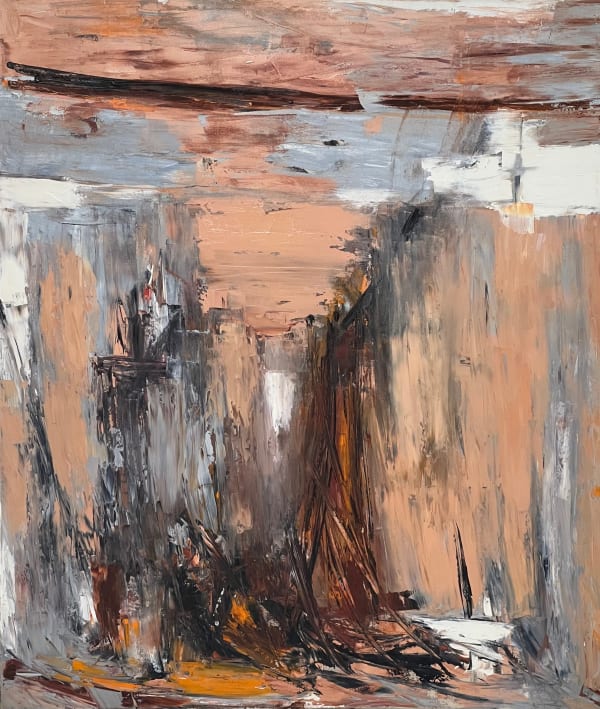Gertrude Greene
Gertrude Greene began studying sculpture at the Leonardo da Vinci School in New York in 1924. Two years later, in 1926, she married Balcomb Greene, and the couple soon traveled to Vienna, where Balcomb pursued graduate studies in psychology. After a year in Europe, they returned to New York, with a stop in Paris. While in New York, they frequently visited Gallatin's Gallery of Living Art and the newly opened Museum of Modern Art. This exposure to avant-garde art fueled Gertrude's desire to explore more, and by late 1931, the couple had saved enough money to move back to Paris. There, Gertrude became deeply inspired by the Constructivist movement, which advocated for the integration of art and politics, believing that "purified" art could lead to the transformation of society on a higher moral and social level.
When they returned to New York, Gertrude became active in progressive artists' organizations. She played a key role in founding the Unemployed Artists' Group, which lobbied for federal assistance for unemployed painters, sculptors, and printmakers. In her later works, Gertrude began adding gestural elements of color to her relief constructions. These pieces became some of her most original and successful work, but she eventually shifted her focus from relief sculptures to painting. Initially, her paintings were geometric in nature, but by the early 1950s, they had evolved into more expressionistic forms.
In 1937, Gertrude became the first paid employee of the newly formed American Abstract Artists group. She left the organization in 1942, just five years after its first exhibition, believing that the group’s goals had been largely achieved. Gertrude Greene passed away on November 25, 1956, in New York.






